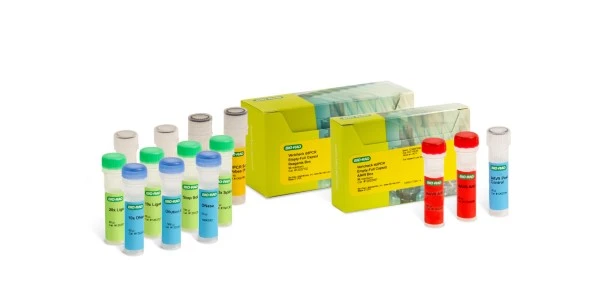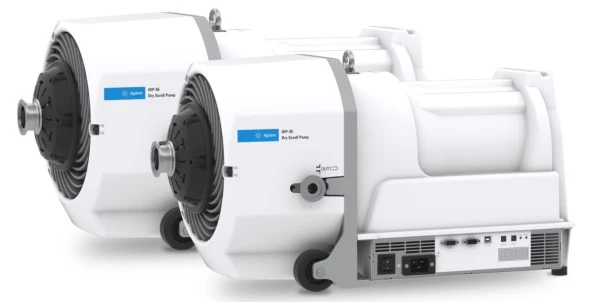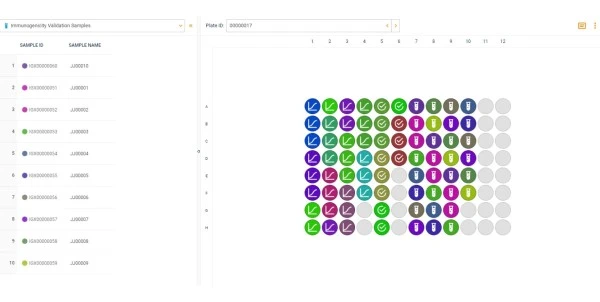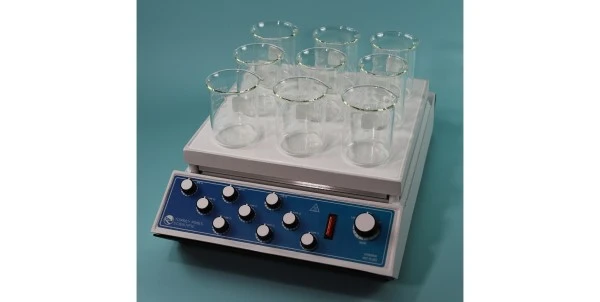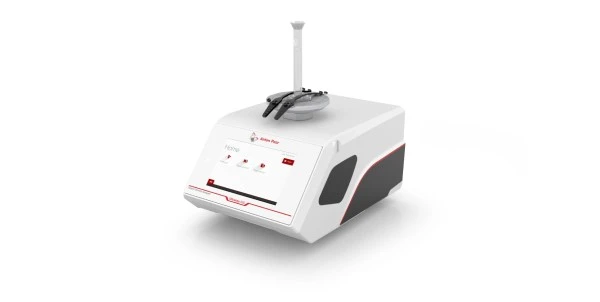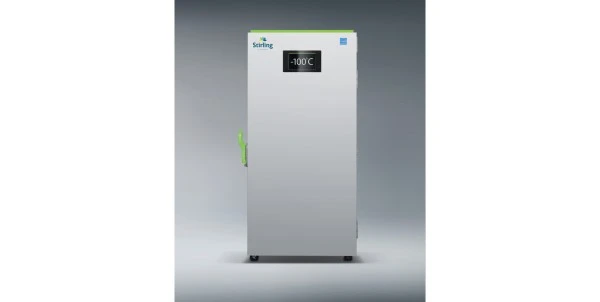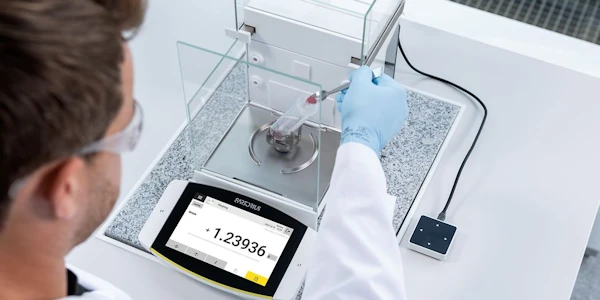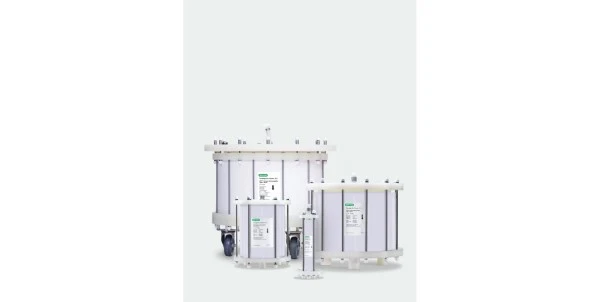
New Technologies in Metabolomics Research
Metabolomics defined is the large-scale study of metabolites in biofluids, tissues, or animal systems. The metabolome is the entire collection of metabolites and their interactions in a given system.
Metabolites are small (<1000 Da) biologically active molecules which include metabolic factors such as glucose and cholesterol, hormones, growth factors, and more. Metabolites are the ultimate products of cellular machinery and represent a final step in the linkage from genome to phenotype. As such, they are metabolic indicators and can be indicative of disease progression in addition to disease potential.
As a field of study, metabolomics has great potential for identification of novel biomarkers, understanding disease mechanisms and progression, discovering novel therapeutic targets, and many other possibilities. However, the vast number of chemically diverse analytes, with unique spatial and dynamic ranges, makes comprehensive, accurate, and reliable results challenging.
Mass Spec techniques including LC-MS/MS, GC-MS, MALDI Imaging, and others, have proven powerful for measuring diverse sets of molecule and sample types from a number of backgrounds. The latest technology innovations include those that maximize accuracy and resolution without sacrificing depth, and those built to handle the throughput and complexity of ever increasing amounts of data -- a feature especially applicable to modern pharmaceutical research.
SCIEX offers advanced instruments such as the X500 QTOF system for routine metabolomics applications. Advanced OS and software components reduce the complexity of handling upstream interfaces, high-throughput sample needs, and variable data capture techniques. This in turn allows harvesting of a greater amount of information at the instrument detection stage. Coupled with SCIEX SWATH Data Independent Acquisition and other data processing solutions, the platform allows comprehensive identification and quantitation of the vast majority of compounds in a given sample. SWATH permits high resolution accurate detection in complex samples, and has set a standard in metabolomics and other fields of research.
Shimadzu has taken a comprehensive approach towards metabolomics research by enabling both their LC-MS/MS technology as well as their highly refined GC-MS instrumentation. An objective is to cover the entire spectrum from high molecule weight non-volatile peptides to very small volatile compounds, and everything in between. The use of the LCMS-8050 (or the latest LCMS-8060) results in accurate fast MS data production and analysis through the use of advanced LC and triple quadrupole instrumentation. Interfacing with Shimadzu's Smart MRM measurement methods and metabolic databases permits precise compound identification and characterization in a wide array of backgrounds. The GCMS-TQ8040 (or the latest LCMS-TQ8050) combines several "smart features" designed to streamline analysis, user control, and throughput. This GC is coupled to triple quad MS instrumentation and Smart MRM processing to quickly generate meaningful data from complex samples.
While targeted or "closed" approaches aim to detect changes in a select set of metabolites, un-targeted or "open" methods look for information across the broadest collection of compounds possible. Thermo applies the Orbitrap technology to the latter, building from ultra-high resolution performance and the ability to handle high speed analyses for which the orbitrap technology has become known. The HRAM (high-resolution accurate mass) performance is built into instruments geared for metabolomics applications including the Q Exactive HF Hybrid Quadrupole-Orbitrap. This instrument combines a state-of-the-art segmented quadrupole for high-performance precursor ion selection with a HRAM ultra-high-field Orbitrap mass analyzer to deliver a combination of scan speed, resolving power, mass accuracy, spectral quality, and sensitivity.
Bruker has produced a number of advanced solutions in the area of MS-based tissue imaging. MALDI Imaging is a promising technology that allows direct detection of metabolites in tissue, thereby providing spatial details into the distribution of compounds in real-time or during time-course experiments. It is not likely overreach to suggest this type of technology is a new paradigm in molecular histology. Bruker demonstrates this by showing that the old system of histology section staining can be combined with MALDI Imaging through the use of advanced software, in essence to capture and integrate both sets of data. An immediate application is the location and concentration of compounds to facilitate drug development research. Another application is as a discovery platform in order to identify tissue or pathology-specific biomarker candidates for further verification. Other applications may involve high-resolution imaging of time-lapse processes such as neurodevelopment, disease progression, or cell death or proliferation -- areas that are ripe for high resolution technologies to bridge biochemical pathways with pathology.
Metabolomics as a science has huge implications on the promise of precision medicine, and advancements in these technologies and others will facilitate the further development and application of this emerging realm of science.
